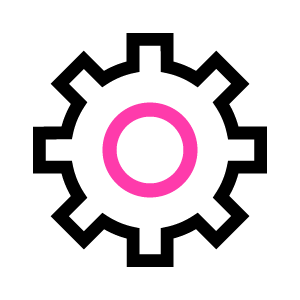THE NEED TO EVOLVE
In a digital environment where speed and quality are essential, companies face constant challenges to remain competitive:
- Slow development cycles delaying the launch of new features to the market.
- Lack of automation limiting efficiency and causing repetitive errors.
- Poor integration between development, operations, and security teams, creating friction in processes.
- The need to rapidly scale applications in cloud environments and adapt to business demands.
Implementing DevOps is not just a technological improvement: it is the key to achieving agility, efficiency, and stability in your operations.
OUR SERVICES

DEVOPS STRATEGY
We provide a specific and concrete roadmap to help teams achieve greater efficiency and measurable results.

IMPLEMENTATION AND TOOLS
We design integrated architectures and adapt open-source or licensed tools throughout the development lifecycle.

AUTOMATION AND CLOUD
From day one, we strive to optimize your business with cloud solutions that are agile, stable, and scalable.
BEYOND DEVOPS: A COMPREHENSIVE TRANSFORMATION
Building on this, we developed our own framework to accelerate value delivery in a collaborative, sustainable, and efficient way by working under the principles of:
We maximize value flow, accelerating deliveries, reducing costs, and preventing issues before they arise.
FLOW
We promote stable feedback loops to improve work, share knowledge, and build trust. This drives collaboration, speeds up problem-solving, and optimizes our processes to deliver more value.
CONTINUOUS FEEDBACK
We experiment and learn quickly, validating theories through constant feedback cycles. This allows us to innovate in a controlled way, discover limits, and continuously improve system performance.
EXPERIMENTATION AND LEARNING
CONSTANT INNOVATION TO MAINTAIN YOUR COMPETITIVE EDGE
Deliver your digital products faster with greater business agility:
01
Reduced time to market.
02
Increased team productivity and faster release of new features.
03
Early detection of software quality flaws and errors.
04
More stable and secure operations thanks to automation.
CASE STUDIES
AGILE DEPLOYMENT FOR AN AGILE BUSINESS
Discover how we can enhance efficiency and deliver continuous value in your organization.







